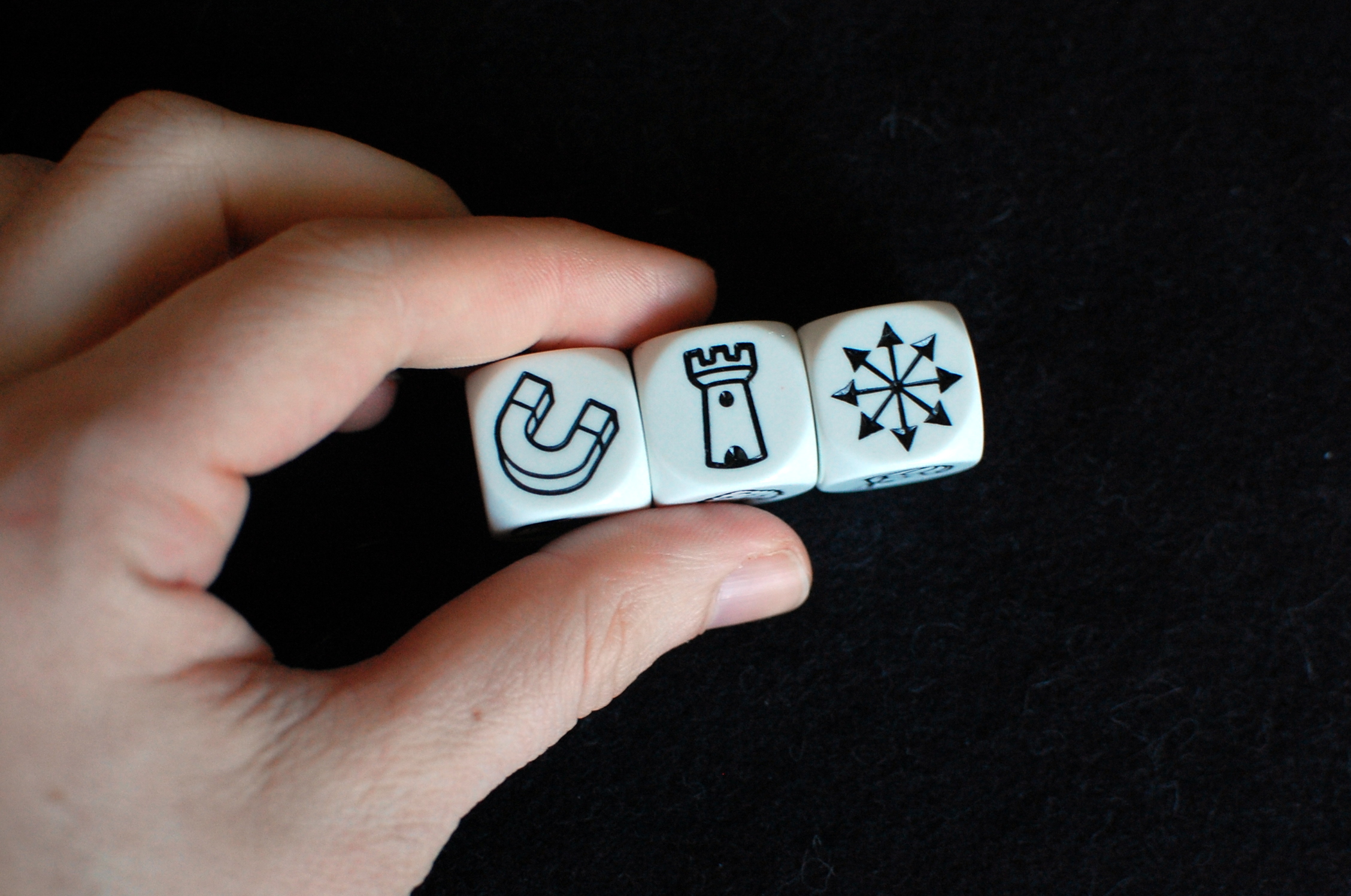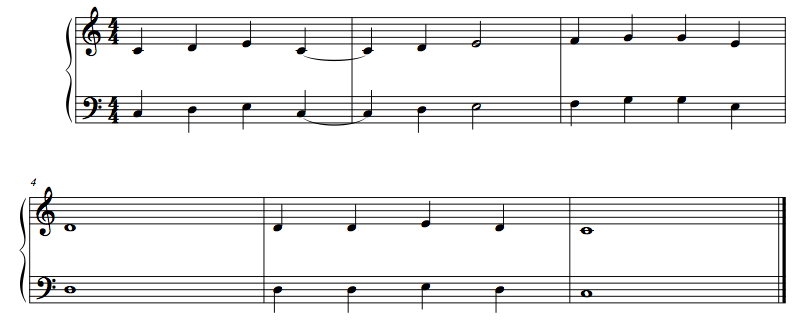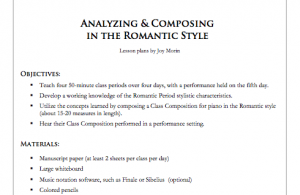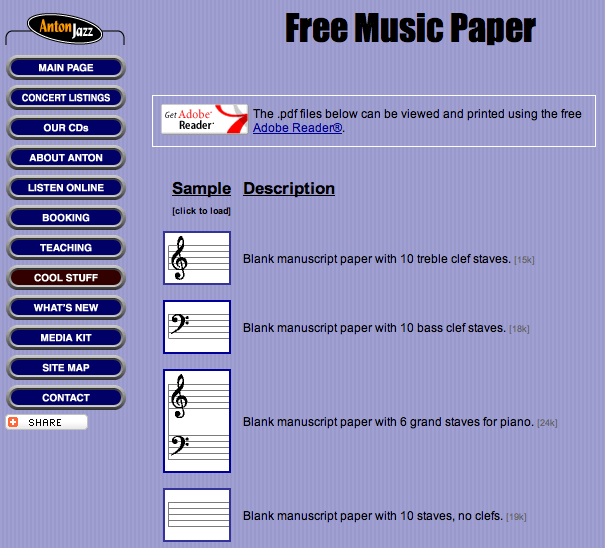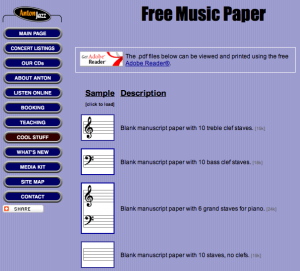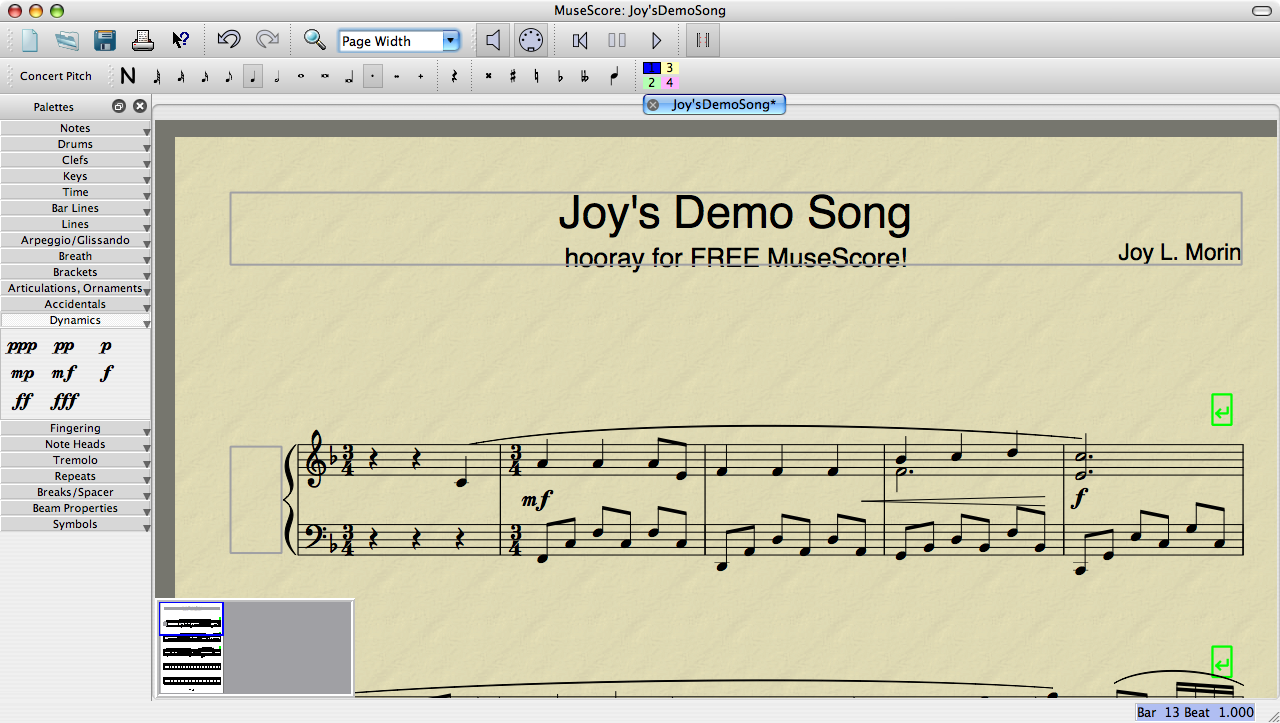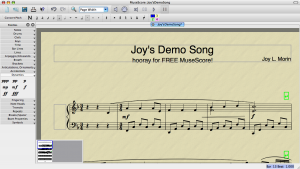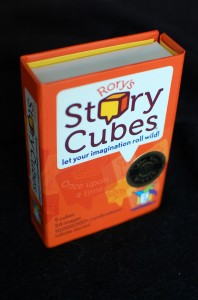 Before I begin, allow me to give credit where credit is due for this wonderful idea: I got this idea from Laura on her blog (click here). I was so thrilled to see her idea of using these “story cubes” for improvisation with piano students!
Before I begin, allow me to give credit where credit is due for this wonderful idea: I got this idea from Laura on her blog (click here). I was so thrilled to see her idea of using these “story cubes” for improvisation with piano students!
Meet “Rory’s Story Cubes.”
Rory’s Story Cubes consist of a set of 9 dice with all kinds of pictures on their faces. I think English teachers use these as a starting point for writing stories.
Piano teachers can use them too. =)
Let me tell you about how I’ve been using this fun new prop.
During a piano lesson, I gave my student all of the dice and asked her to roll them. Here’s what they look like:
Continue reading “Improvisation Activity: Rory’s Story Cubes”


